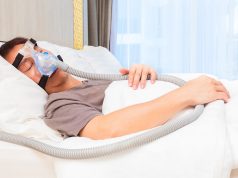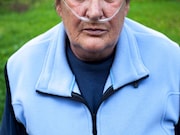HIT-Related Stress Linked to Burnout Among Physicians
Odds of burnout up with report of poor/marginal time for documentation, time spent on EHR at home
Rural Residence, Poverty Are Risk Factors for COPD
Among never-smokers, rural residence, neighborhood use of coal linked to risk for COPD
Lack of Peds Preventive Care Ups Unplanned Hospital Admissions
Infants and children lacking vaccinations, development checks more likely to be admitted
Patient Education Can Improve Chronic Disease Management
Improvement seen in patients' ability to manage disease, medical students' ability to educate them
Secondhand Smoke Exposure Saw Big Drop From 1988 to 2014
However, among U.S. nonsmokers, rates of secondhand exposure stalled during 2011 to 2014
Most Insured Patients Not Using Online Portals
Socioeconomic disparities exist in use of patient portals; privacy concerns cited for nonuse
COPD Tied to Obesity in Male, Female Never-Smokers
Strong dose-response relationship seen in never-smokers aged 50 and older
Smoke Exposure High in Low-Income, Nonurban Infants
12 percent of infants registered cotinine values of ≥12 ng/mL, consistent with active smoking in adults
Self-Management Program Beneficial for Patients With COPD
COPD-related acute care events reduced for patients undergoing three-month intervention
Few Physicians Work in Practices That Use Telemedicine
Specialty and larger practice size are correlates of telemedicine use



















